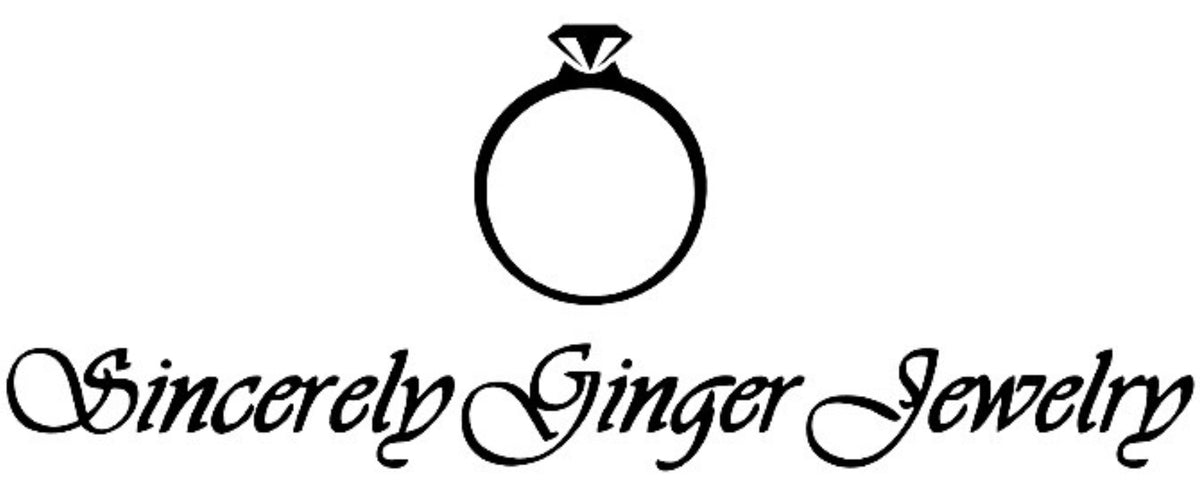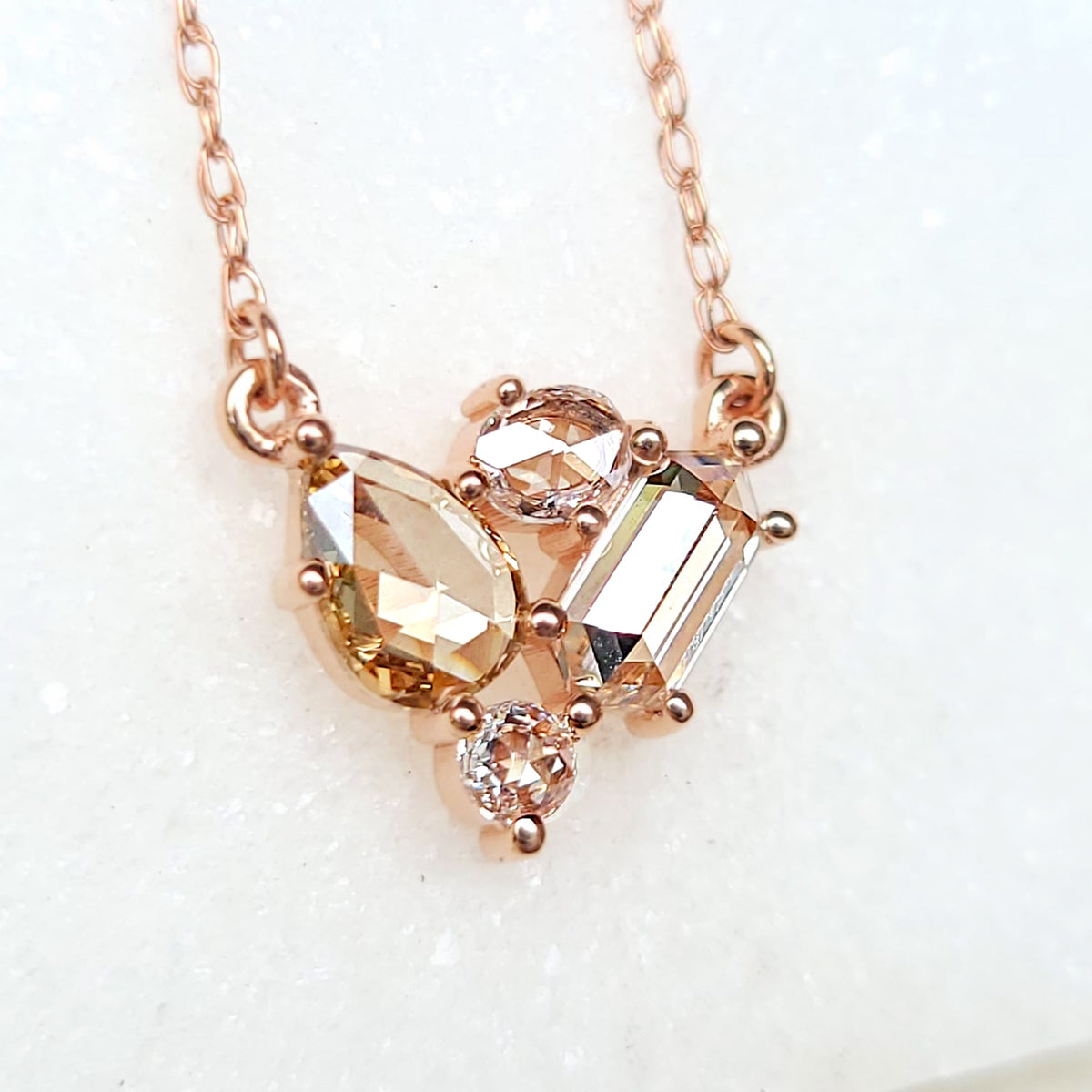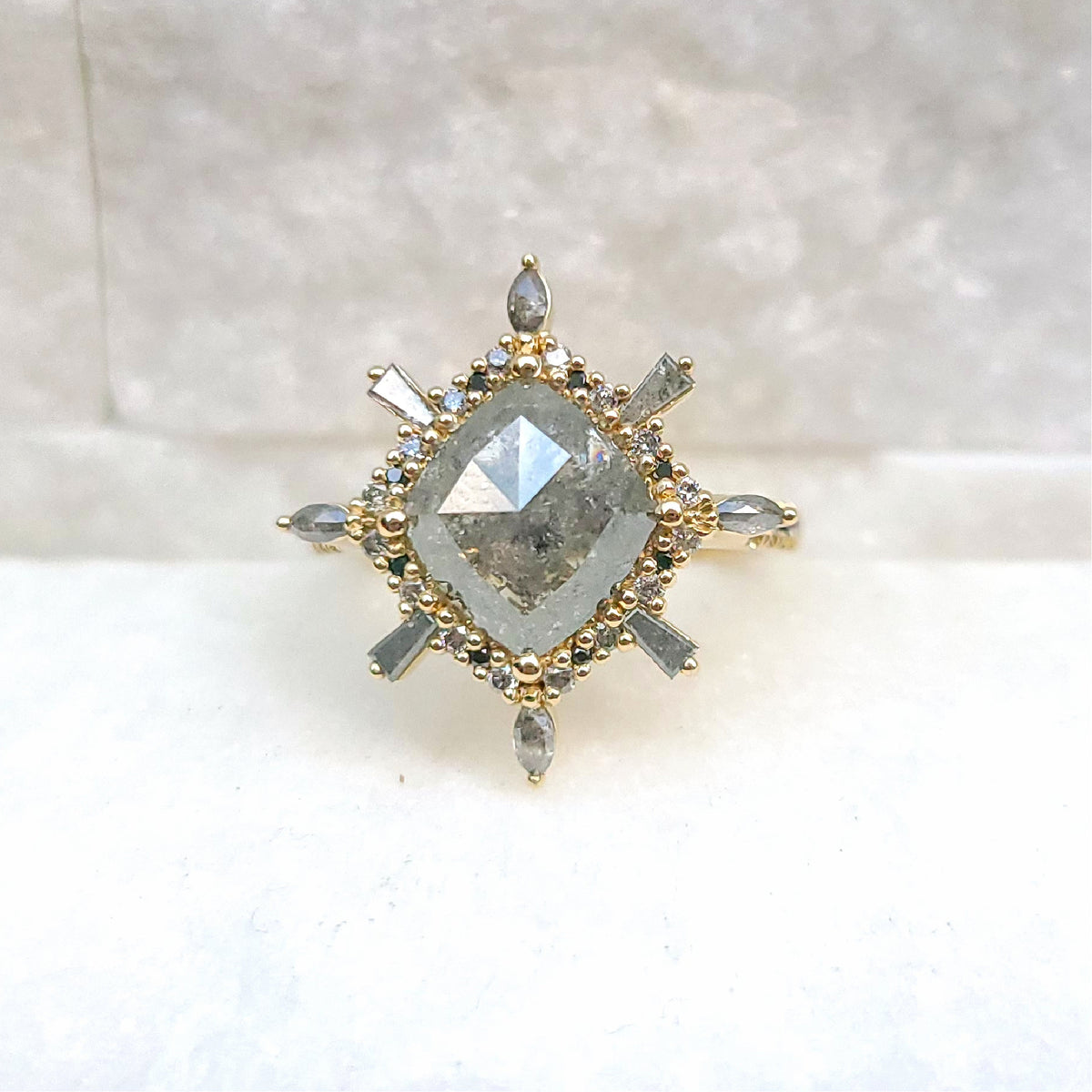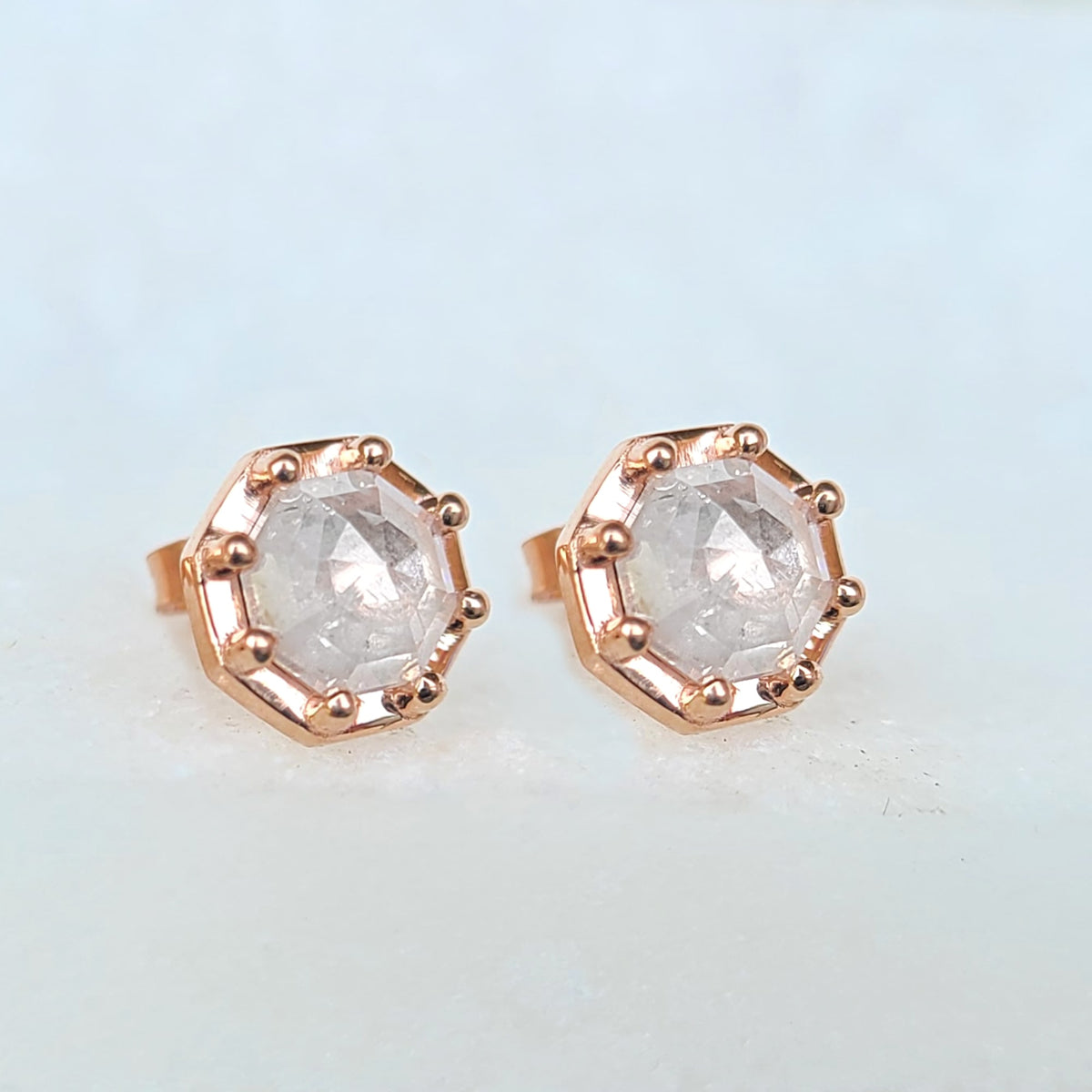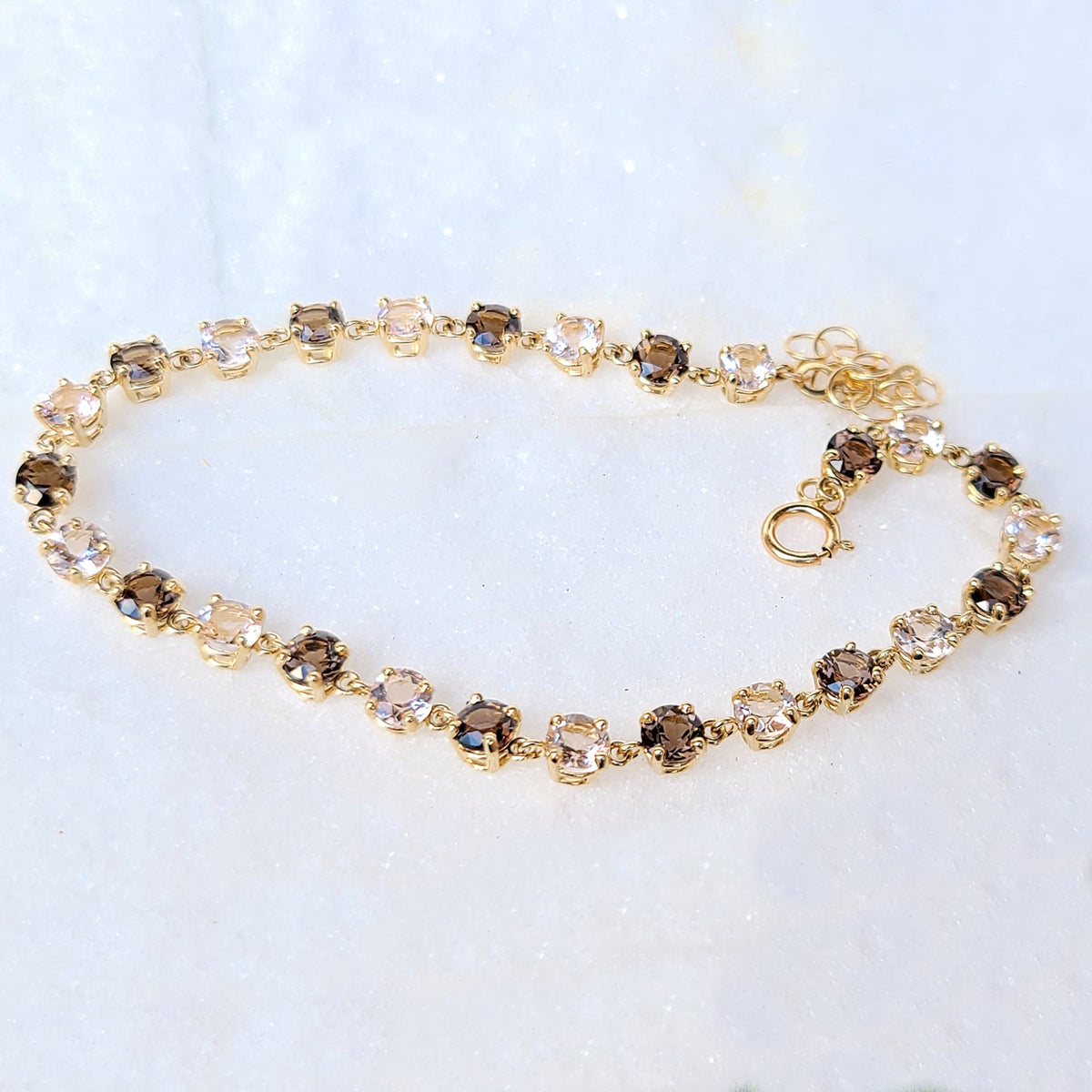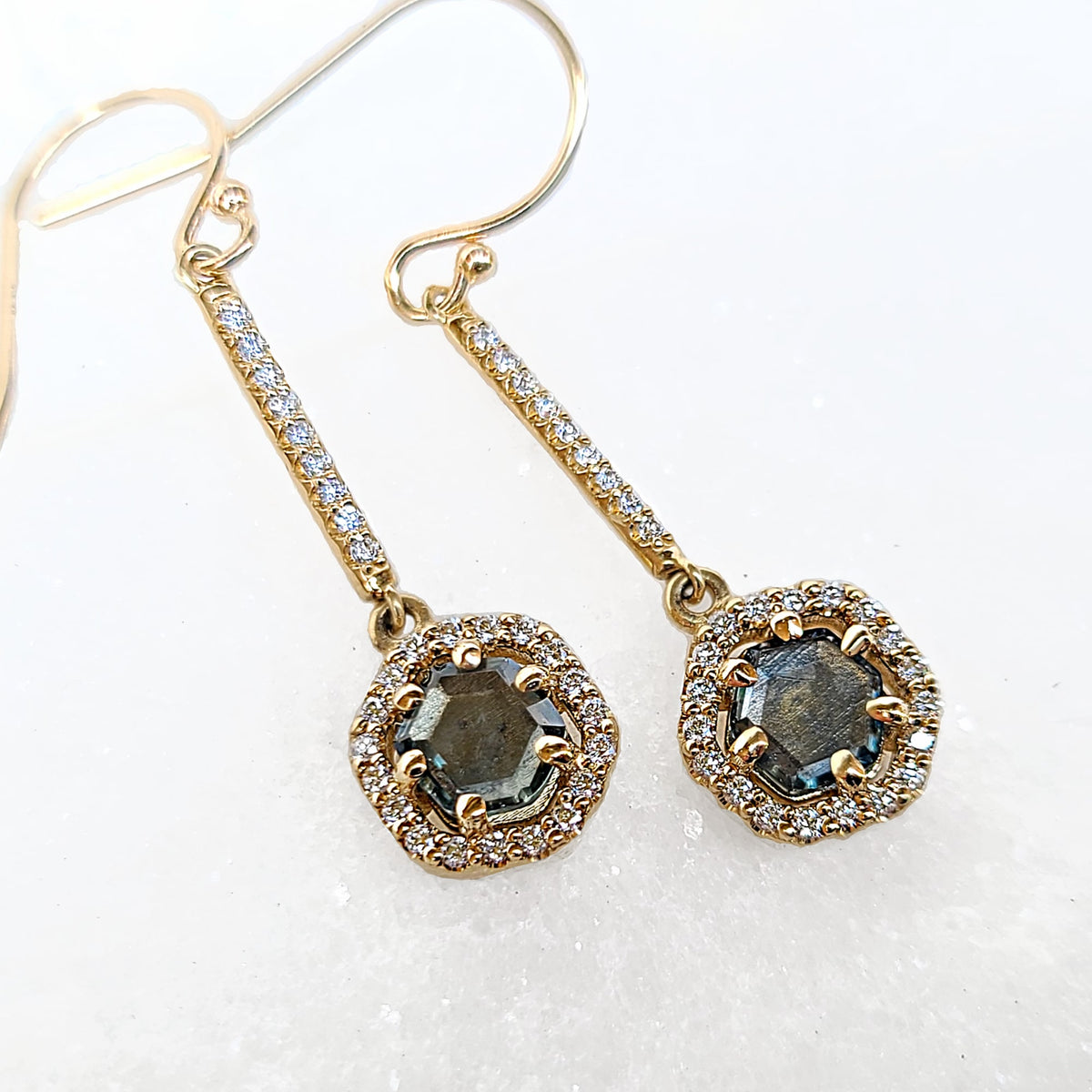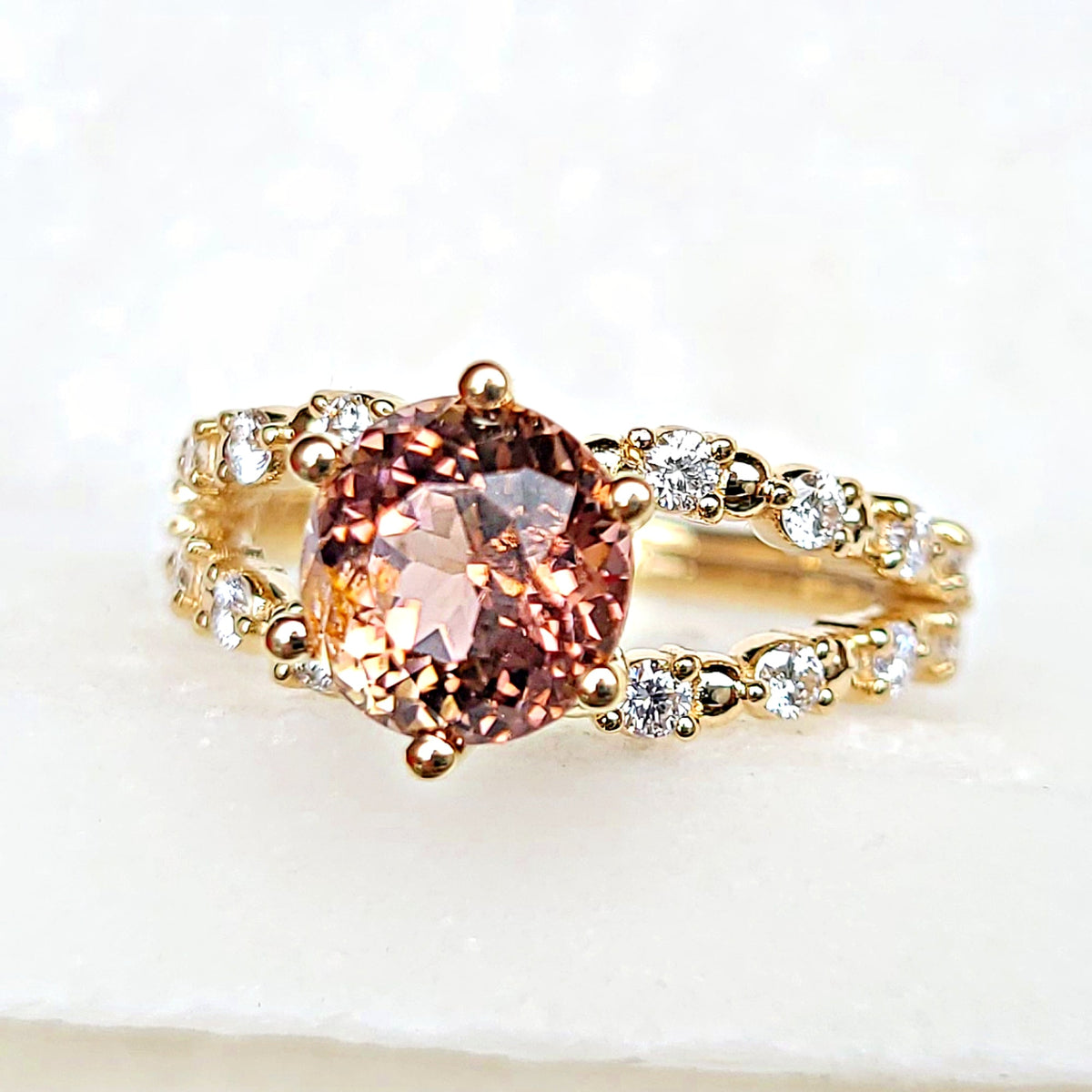4 C'S OF THE DIAMOND: A COMPREHENSIVE GUIDE TO CHOOSING THE PERFECT STONE
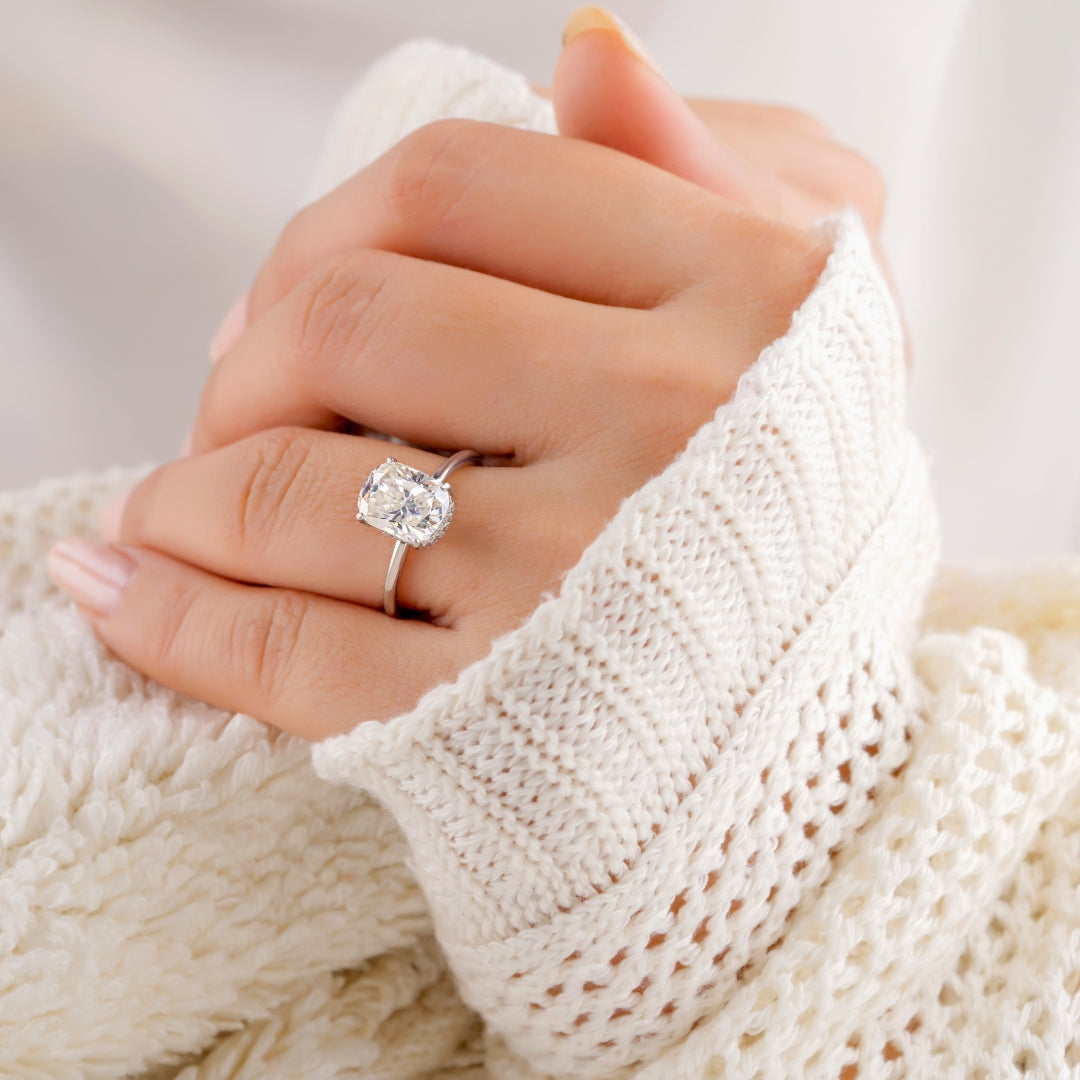
Understanding the 4 C's of the diamond is critical when it comes to selecting a suitable diamond. Carat, cut, clarity, and color are the four key criteria that define a stone's quality and value. We will dig into the significance of the 4 C's in diamond choosing, study each attribute in depth, provide suggestions for balancing the 4 C's, and provide professional guidance and resources for diamond purchasers in this comprehensive guide. By the conclusion of this piece, you will have the knowledge you need to make the proper choice when it comes to the 4 C's of a diamond.
The Gemological Institute of America (GIA) developed the 4 C's of the diamond grading system to assess the quality and worth of diamonds. This technique is now widely recognized and used by jewelers and gemologists all around the world. The 4 C's stand for carat weight, cut, clarity, and color, and each of these elements contributes significantly to a diamond's overall look and value.
Understanding the 4 C's is critical for anybody wanting to purchase or invest in diamonds since it helps you to make informed decisions and select the ideal stone for your needs and budget. By learning about the 4 C's, you can assess different diamonds, understand their distinct qualities, and ultimately select the best diamond that fulfills your desired quality and pricing.
The 4 C's are essential in diamond selection because they give a systematic technique for evaluating the quality and worth of a diamond. Understanding the 4 C's allows you to make informed decisions when buying a diamond, ensuring that you acquire the greatest stone for your budget and demands. Furthermore, the 4 C's may assist you in comparing different diamonds and comprehending the trade-offs between size, quality, and price.
An enormous diamond with a high-carat weight, for example, can be less valuable than a smaller diamond with excellent cut, clarity, and color. By taking into account these four elements, you can make an informed decision and select a diamond that truly fulfills your expectations and goals. Here's a quick rundown of the 4 C's:
Carat: Carat refers to a diamond's weight and is the most basic and objective of the 4 C's. A larger carat weight normally equates to a greater value, although other aspects including cut, clarity, and color can also have a substantial influence on a diamond's price.
Cut: Cut is typically regarded as the most important of the four C's since it influences a diamond's brilliance, fire, and scintillation (the glitter observed while the diamond is moving). A well-cut diamond will efficiently reflect light and provide a brilliant show, but a badly cut diamond may seem dull and lifeless.
Clarity: Clarity measures the presence of flaws, or inclusions, inside a diamond. Internal and exterior faults can have an impact on the beauty and value of a stone, with fewer inclusions resulting in a higher clarity grade.
Color: Color refers to the existence of any tint in a diamond, with colorless diamonds being the most valued. To assess a diamond's color, the GIA uses a grading system ranging from D (colorless) to Z (light yellow or brown).


The carat weight of a diamond is a unit of measurement used to represent its weight. One carat weighs 200 milligrams or 0.007 ounces. The name "carat" is derived from carob tree seeds, which were employed in ancient times as a benchmark for weighing valuable stones due to their uniform size and weight.
Carat weight is important in assessing the value of a diamond since bigger diamonds are often rarer and more precious than smaller ones. However, it is important to note that carat weight is only one of the 4 C's, and the value of a diamond is also significantly impacted by its cut, clarity, and color. A large diamond with poor cut, clarity, and color may be valued less than a smaller diamond with identical characteristics.
When it comes to carat weight, keep in mind that size does not necessarily equal aesthetic impact. A well-cut diamond, for example, may seem bigger and more dazzling than a badly cut diamond with a higher carat weight.
Cut is regarded as the most important of the 4 C's since it directly impacts a diamond's ability to reflect light, resulting in its trademark sparkle and brilliance. In essence, the cut is the art that turns a rough diamond into a lovely, polished gemstone.
A well-cut diamond has exact dimensions and symmetry, allowing light to enter the stone, reflect off the interior facets, and emerge through the top or "table" of the diamond. This process produces the stunning display of brilliance, fire (the dispersion of light into its spectrum hues), and scintillation (the glitter observed while the diamond is moving) that diamonds are famous for. A badly cut diamond may allow light to flow through its sides or bottom, giving it a dull and lifeless look.
Jewelers evaluate various aspects when determining a diamond's cut, including the stone's dimensions, symmetry, and polish. The GIA assesses diamond cuts on a scale of Excellent to Poor, taking into consideration all of these factors.


Clarity is the measurement of a diamond's internal and exterior flaws, which are referred to as inclusions and blemishes, respectively. Almost all diamonds have inclusions, which occur during the natural crystallization process. Within the diamond, inclusions might appear as small crystals, feathers, or clouds, whereas blemishes are surface flaws such as scratches, nicks, or pits.
The size, amount, location, and visibility of a diamond's flaws and imperfections define its clarity grade. The GIA grades diamonds on a six-category scale, from flawless (no inclusions or blemishes visible at 10x magnification) to included (inclusions and/or blemishes apparent to the human eye).
While clarity is a vital part of the 4 C's, keep in mind that many inclusions are invisible to the human eye and may have no affect on a diamond's overall look. When choosing a diamond, examine how clarity fits into your ideal balance of the 4 C's: beauty, value, and cost.
Color is the evaluation of any hue present in a diamond, with colorless diamonds being the most valued. Color in diamonds is generally created by tiny levels of nitrogen, which can provide yellow or brown hues. Diamonds may display blue, green, or pink colors in rare situations due to the presence of additional elements or structural defects.
To assess a diamond's color, the GIA uses a grading system ranging from D (colorless) to Z (light yellow or brown). Colorless diamonds are those in the D-F range, whereas those in the G-J range have a little, hardly discernible color. Diamonds with color grades of K or below have distinct yellow or brown hues.
Color has considerable influence on a diamond's value since colorless diamonds are more uncommon and valuable than ones with apparent colors. Personal choice, however, plays a part in the significance of hue, and some people may enjoy the unusual appearance of a diamond with a little tinge.


When choosing a diamond, it's critical to strike the correct balance between the 4 C's in order to fulfill your goals and budget. Here are some pointers for selecting the ideal stone:
Focus on the cut the most: As the most important of the 4 C's, a well-cut diamond will have the most influence on a stone's overall look and attractiveness. To guarantee your diamond has the appropriate brightness and fire, aim for a cut grade of at least Very Good or Excellent.
Consider clarity: While clarity is essential, keep in mind that many inclusions are invisible to the naked eye. Choose a clarity grade of VS2 or SI1 for a diamond that appears perfect to the unassisted eye while being affordable.
Balance color: A color grading of D-F is ideal for a totally colorless diamond. If you're on a tighter budget, a diamond in the G-J range will still seem almost colorless to the human eye.
Carat weight: Determine your ideal carat weight depending on personal choice and budget, but keep in mind that characteristics including cut, clarity, and color can have a greater influence on the overall beauty and value of a diamond.
The 4 C's of the diamond—carat, cut, clarity, and color—are critical variables in establishing the quality and value of a diamond. You are able to make educated selections when picking the best diamond for your demands and budget if you understand the significance of each attribute and the trade-offs between them. When looking for the perfect diamond, remember to prioritize cut, evaluate clarity, balance color, and select your desired carat weight. You can ensure that your diamond fits your desired degree of beauty, value, and affordability by finding the correct balance between the 4 C's.
Seek professional guidance and use trusted resources when acquiring a diamond to guarantee that you are making an educated selection. Work with a respected jeweler, request a grading report, and use online resources to expand your knowledge of the 4 C's and make an informed selection.
Finally, learning the 4 C's of the diamond is critical when picking the ideal stone. You can make educated decisions and select the diamond that fulfills your desired balance of beauty, value, and budget by knowing the carat, cut, clarity, and color. When selecting a diamond, remember to prioritize cut, evaluate clarity, balance color, and decide your ideal carat weight, as well as seek professional guidance and use trusted sites. With the information and resources in this post, you can confidently select the right diamond that will provide you delight and beauty for years to come.
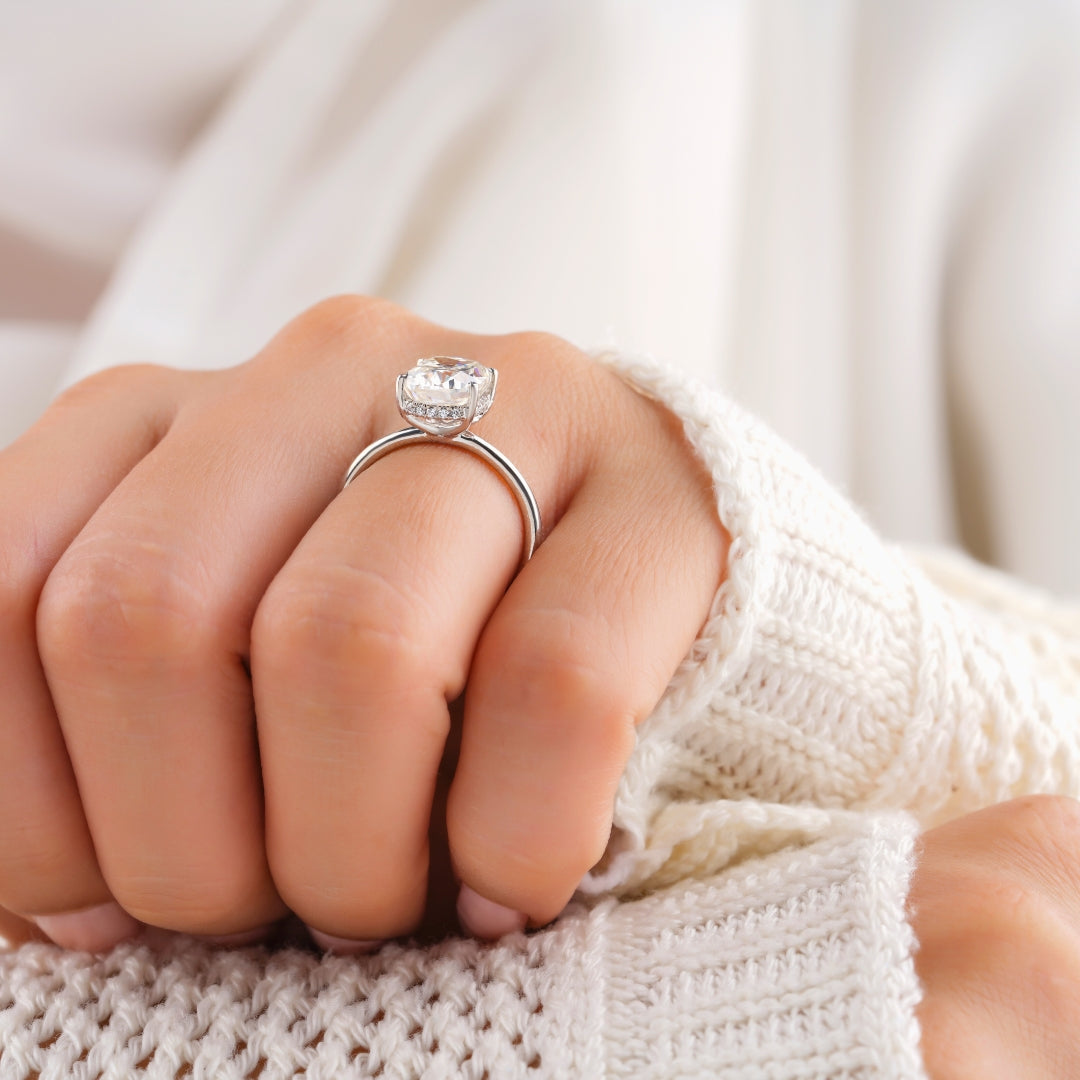
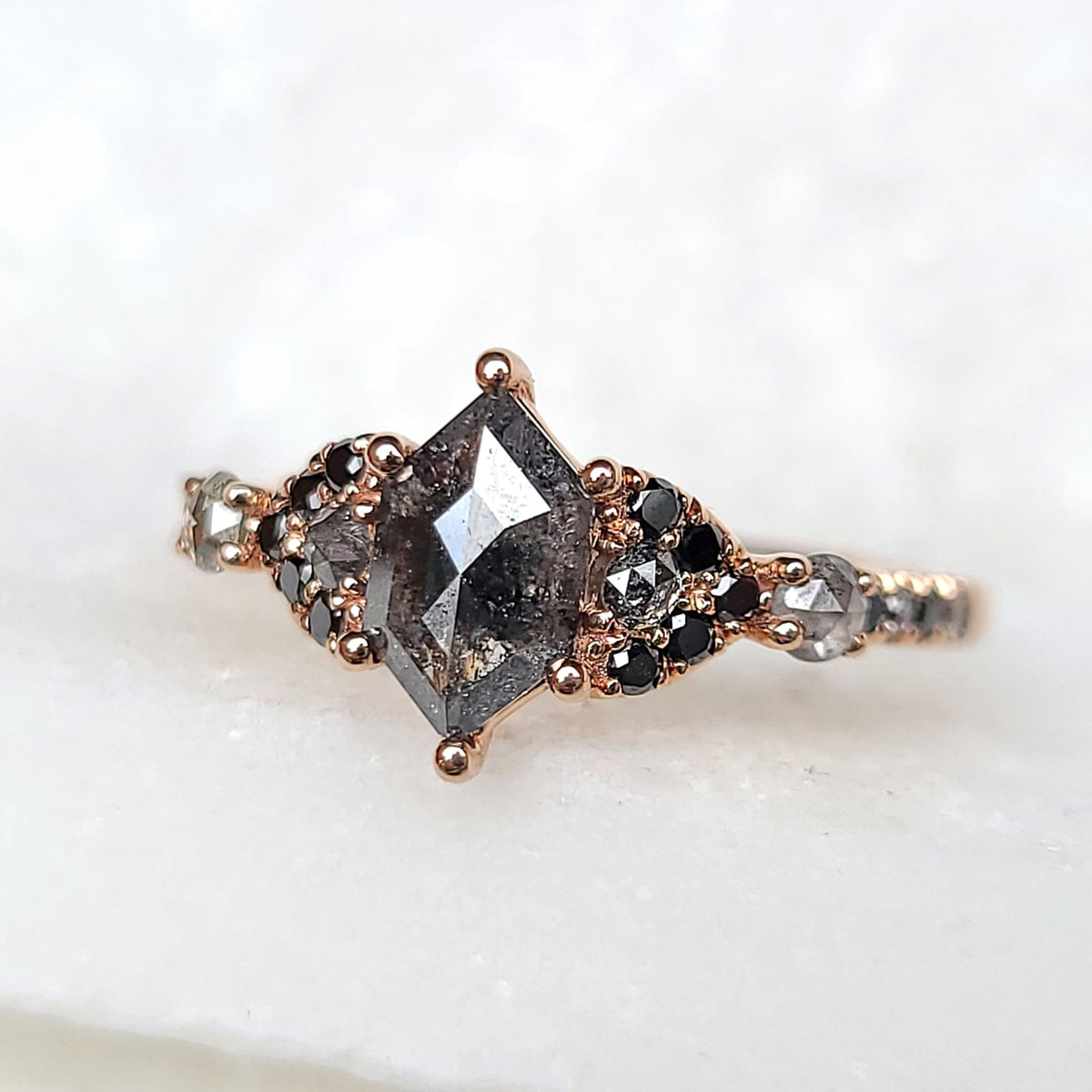
Custom Jewelry Inquiry Form
Begin your path toward the jewelry you've always wanted now!
